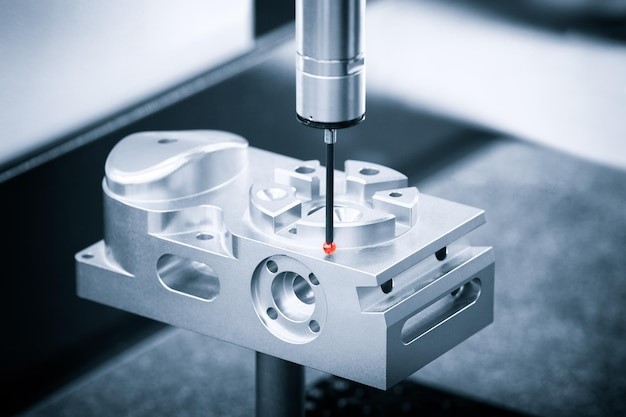One popular manufacturing method that is well-known for its effectiveness, speed, and affordability is production injection molding. As the market for premium plastic components grows, it is critical to maintain consistency and accuracy in manufacturing. Quality control procedures are essential for preserving the integrity of injection-molded goods and ensuring that every component satisfies requirements.

Significance of Quality Control in Injection Molding
The goal of the complex process of production injection molding is to find and fix flaws in the finished goods before they are sold. Producing parts that not only satisfy but also beyond customer expectations is the aim. This production method necessitates strict quality control for a number of reasons.
1. Material Integrity:
The first step in quality control is choosing appropriate raw materials. To achieve the appropriate mechanical qualities and look in the finished product, it is imperative to ensure the integrity of the selected resin.
2. Consistent Molding Conditions:
To achieve homogeneity in the final products, it is essential to maintain consistent molding conditions. It is imperative to regularly monitor parameters like temperature, pressure, and cooling rates to avert deviations that may result in problems.
3. Accuracy in Tooling and Design:
Defects like sink marks, warping, or flashing can be caused by design errors and inconsistent tooling. Strict inspection of designs and molds to make sure they adhere to standards is quality control.
4. In-Process Monitoring:
It is essential to monitor the injection molding process in real-time. In order to prevent defects, advanced sensors and monitoring systems track variables throughout manufacturing. This enables quick modifications.
Rapid Prototyping: A Step Toward Excellence
In the injection molding process, rapid prototyping is an essential step before going into full-scale production. By building a smaller prototype of the finished product, producers can test and improve the design prior to starting mass production. This process is known as rapid prototyping.
Rapid Prototyping Benefits:
Iterative Testing: Manufacturers can test several design iterations quickly with rapid prototyping, spotting and fixing any problems before moving forward with large-scale manufacturing.
Decreased Lead Time: Rapid prototyping reduces the time to market by optimizing the product development cycle, providing firms with a competitive advantage in meeting consumer needs.
Reduction of Costs: Early detection and correction of design defects lowers production costs overall by reducing the need for expensive changes during full-scale manufacturing.
Combining Quality Control: Because rapid prototyping produces a tangible model for examination, it fits in perfectly with quality control procedures. In order to make sure that the finished product fulfills the required requirements, manufacturers might carefully inspect the prototype to check for any structural or visual flaws.
Quality control acts as a sentinel in the production injection molding industry, protecting the integrity of manufactured components. Rapid prototyping allows producers to develop ideas and address any problems early in the process, which further improves the final products' precision and consistency. The evolution of injection molding is largely shaped by the interplay between quality control and rapid prototyping, which works together to ensure that every product that comes off the manufacturing line is of the greatest caliber.